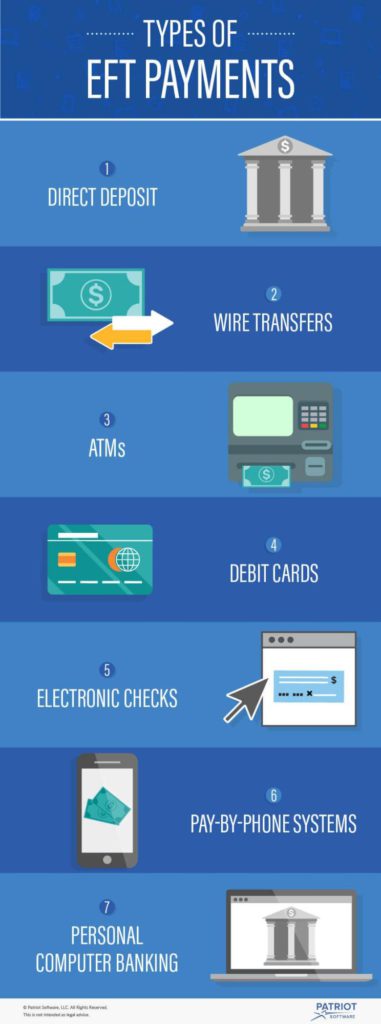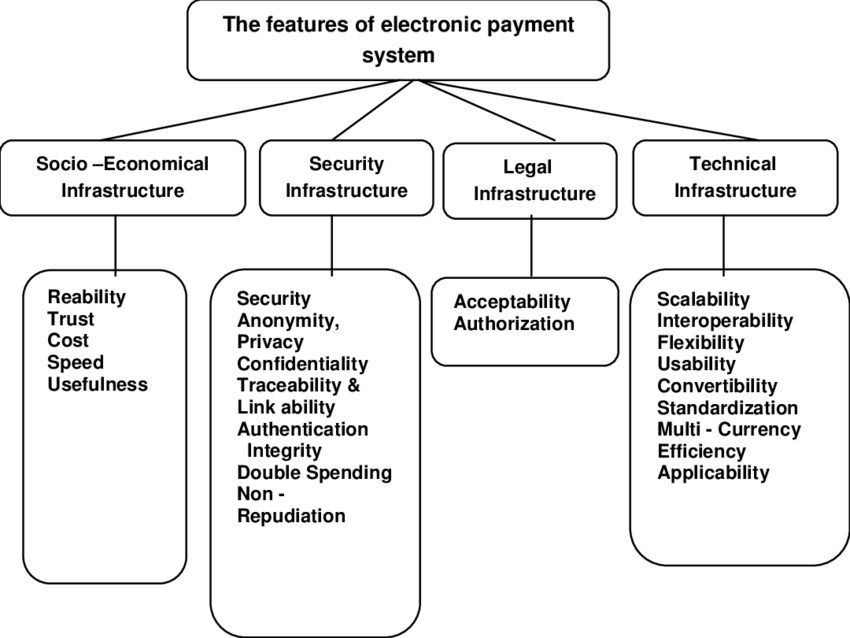Electronic payment system development is on the rise, mainly due to the rise in e-commerce payment and global switch to online business processes. However, how to choose the right one for your business if you are a newly created eCommerce store owner? How to do it if you decided to move your physical store to an online space? This article will help you to understand the main types of electronic payments systems, as well as make the right choice with the one you need for your business.
What Is an Electronic Payment System?
An electronic payment system is a technology that allows for money transfer between parties. If used for e-commerce, there are three parties connected by the electronic payment system – the customer who pays for the goods or services, the merchant who receives payments in exchange for the goods, and the bank who processes the transaction between the customer and the merchant.
Surprisingly, the first electronic payment system was used in 1959 by American Express. Now, the evolution of instant and smart payment continues. What’s more, the recent pandemic has largely contributed to the new types of electronic payments development, attracting a lot of new users to the existing systems, especially mobile-based ones, thereby eliminating the need to use cash.
What Are Its Types and Advantages?
Below are the main types of electronic payment systems.
- Automated clearinghouse. Within this type of electronic payment system, a customer pays for the goods or most often, services in advance, by reserving a certain sum on his bank card. After the deal is finalized, the money will be transferred from the payer’s account and delivered to the recipient.
- Wire transfers. These are the money transfers, as a rule, between companies, where an intermediary – a processing company that gets a fee from each transaction is always present.
- Item processing. In this case, a financial institution converts data about the payments in a unified format. Then, the data is transferred to the special environment to be processed automatically for the deal finalization.
- Remote deposit capture. This is a solution for paper check processing. The paper checks are digitally scanned and the money is sent to the customer bank account automatically.
- Automated Teller Machines. These are the machines that help customers to make standard operations without turning to the cash desk – for example, making money transfers in an international currency, pay utility bills or replenish their personal accounts.
- Card Services (ATM, credit, debit, prepaid). Everything is quite clear with this type of electronic payment system. In this case, the customer uses any type of bank card to pay for the goods online or in-store with the help of the POS terminal.
- Mobile payments. To make a mobile payment, the customer uses a specific mobile wallet, for example, Yandex Money.
Also, there is one more classification for the electronic payment system in e-commerce. According to the research, “There are four types of electronic payment systems: namely, the online credit card payment system, the electronic-cash payment system, the electronic-check payment system, and the smart-card-based electronic-cash payment system.”

What Are The Advantages of Using an Electronic Payment System for Your eCommerce Store?
- Fast. E-payments are fast, or better to say, they are almost instant. Thus, neither your customer nor you should be waiting and be nervous until the money will be withdrawn and delivered by several intermediaries.
- Secure. There is no way to fake digital money. Surely, there are a lot of ways of a scam; however, online payments are quite secure if each transaction is protected with the help of special technologies.
- Transparent. It is very easy to follow the trace of each transaction while cash is very difficult or even almost impossible to track and control.
- Safe. In light of the recent pandemic, e-payments are also safe. Digital money, unlike cash, can’t transfer any kind of viruses. What’s more, digital payments helped the physical businesses survive during the times they were forced to stay online.
What Are the Features of an Electronic Payment System?
According to the research, “The basic characteristics of an e-payment system are applicability, ease of use, security, reliability, trust, scalability, convertibility, interoperability, efficiency, anonymity, traceability, and authorization type. The features of the ideal electronic payment service are compliant, reversals, freely accessible (nondiscriminatory), immediate, final, transaction amount neutral, transparent, and anonymity. ”.

Surely, each of the features above corresponds to the real features that are embedded in the electronic payment systems. For example, security infrastructure can be represented by such features as two-factor authentication, biometric authentication, and AI-powered anti-fraud solutions integrations.
What Is the Best Electronic Payment System in Ecommerce?
We have already listed the types of electronic payment systems, so you have a lot of alternatives to choose from for your e-commerce store. According to the best user experience practices in e-commerce for 2020-2021, an online store should have:
- An ability to safely pay with credit or debit card plus the opportunity to store/not to store the financial data for future transactions.
- An ability to alternatively pay with the help of a mobile wallet. Surely, it should be a wallet that supports the most popular currencies and is easy to use.
- The payment system integration. As one more opportunity to make a choice, modern users also want to be able to pay with PayPal, Stripe, or Braintree (depending on their preferences and location).
- An opportunity to pay with cryptocurrency, however, before implementing this feature in your store, you should first find out what are the legal requirements for cryptos usage in your country, and secondly, make sure your customers really need this opportunity.
So, in order to offer the best eCommerce experience, your site should have the above electronic payment integrations. However, when making the choice. make sure to analyze once more:
- the preferences of your customers.
- the cost and the complexity to integrate a certain system into your website.
- the cost to use a certain system (some of them may reach $2500 per month)
- security and anti-fraud features.
Summing up, the best electronic payment system in eCommerce is the one that suits your business most in terms of cost-efficiency, security, ease of integration, and the readiness of the customers to use it.
Conclusion
Thus, using an electronic payment system is an integral part of modern eCommerce and an essential part of the positive user experience. Looking for the best solution for your business, keep in mind that each type of electronic system we have reviewed is highly specific, so there is no sense in embedding all of them for the sake of experience. It would be much better to research your users’ expectations, and then, either proceed with an existing ePayment system or create a customized one from scratch.
Suggested:
Best Payment Gateways In India To Use.
How would you encourage customers to buy your products online?
Payment Gateways in USA That You must use.





 A Quick and Easy Guide to LinkedIn Automation Tools
A Quick and Easy Guide to LinkedIn Automation Tools
I think this is an informative post and it is very useful. Thanks a lot for keeping great stuff.